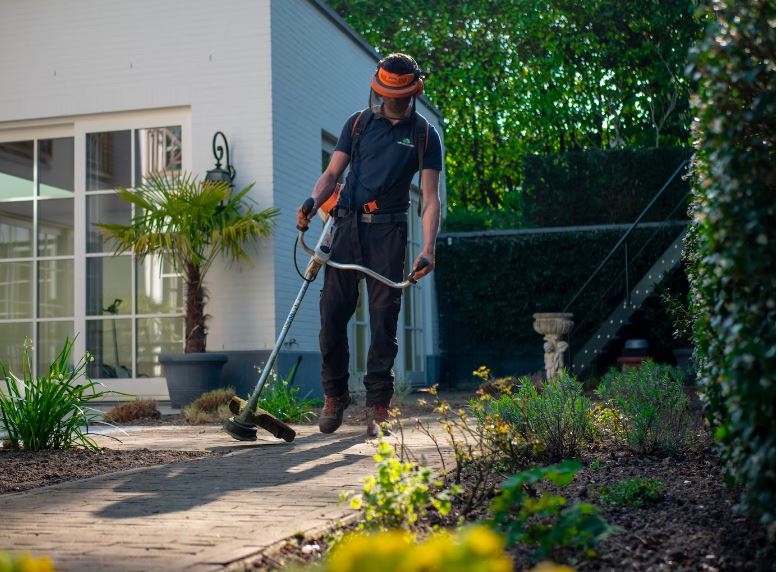Gardening is a rewarding and enjoyable hobby. Not only do you get to take in the fresh air, but it can also provide you with delicious, healthy produce. But before you start your gardening journey, there are a few things that you should know about how to treat plants with care. From selecting the right potting mix for your soil type to knowing when to water your plants and applying fertilizer, this article will help guide you through all the dos and don’ts of gardening so that your plants will stay healthy throughout the season.

Water Them Properly
When it comes to watering your plants, there are a few things you need to keep in mind. First, make sure you’re using the right type of water. If you’re using tap water, be sure to let it sit for a bit so the chemicals can dissipate. You can also use rainwater or distilled water if you’d prefer. Once you’ve selected your water, it’s time to think about how often to water your plants. This will vary depending on the type of plant, the size of the pot, the climate, and several other factors. You can find more advice on gardening from the guys over at https://www.bitponics.com. As a general rule of thumb, most plants need to be watered about once a week. However, during hot summer months, they may need to be watered more frequently. When you do water your plants, make sure you’re doing it slowly and evenly. Allow the water to seep into the soil so that the roots can absorb it properly. And avoid getting any water on the leaves, as this can lead to fungal growth or other problems. By following these simple tips, you can ensure that your plants stay healthy and happy!

Check The Health Of Your Plants
If you want your plants to stay healthy, it is important to check their health regularly. There are a few things you can do to check the health of your plants:
- Inspect the leaves for signs of damage or disease.
- Check the roots for signs of rot or damage.
- Look for insects or pests that may be affecting the plant.
- Feel the soil around the plant to see if it is dry or moist.
- Check the plant’s stems and branches for signs of breakage or damage.
- Take a closer look at the flowers and buds to see if they are healthy.
- If you notice any problems with your plants, take action immediately to try and fix the problem.
Treat Your Soil
By improving the health of your soil, you will create a more favorable environment for your plants to grow in. There are many ways to improve the health of your soil, but some basic methods include:
- Adding organic matter: This can be done by adding compost or other organic materials to your soil. This will help to improve drainage and aeration while also providing essential nutrients for your plants.
- Incorporating cover crops: Cover crops are plants that are grown specifically to improve the quality of the soil. They help to prevent erosion, improve drainage, and increase organic matter in the soil.
- Maintaining a proper pH balance: The pH of your soil can have a big impact on plant growth. Most plants prefer a slightly acidic soil (between 6.0 and 7.0), but some plants prefer alkaline or neutral soils. You can test the pH of your soil with a simple home test kit.
With proper care, treating your soil can dramatically improve the health of your garden.
Destroy Any Weeds
If you want to build your garden right, you have to be willing to get rid of any weeds that might pop up. Weeds can steal nutrients and water from your plants, and they can also spread disease. So it’s important to nip them in the bud as soon as possible. The best way to destroy weeds is to pull them up by the roots. You can do this by hand or with a tool like a hoe. If the weed is particularly large or stubborn, you may need to use a chemical herbicide. But be careful with these – they can also damage your plants if you’re not careful. Once you’ve removed the weed, make sure to dispose of it properly. You don’t want it spreading its seeds around your garden!
Plant Them Appropriately
And finally, when you bring your plants home from the store, it is important to plant them in the right spot. Most plants need at least six hours of sunlight per day, so choose a spot in your yard that gets plenty of sun. Once you’ve found the perfect spot, make sure to dig a hole that is twice as wide as the root ball of your plant. This will give your plant enough room to grow. After you’ve placed your plant in the hole, be sure to backfill it with soil and water it well.
Build The Perfect Garden!
By following the above tips, you can build your perfect garden. Happy planting!






